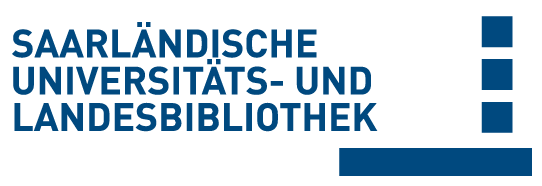Bitte benutzen Sie diese Referenz, um auf diese Ressource zu verweisen:
Volltext verfügbar? / Dokumentlieferung
doi:10.22028/D291-40604 | Titel: | Clinical and genetic risk factors define two risk groups of extracranial malignant rhabdoid tumours (eMRT/RTK) |
| VerfasserIn: | Nemes, Karolina Bens, Susanne Kachanov, Denis Teleshova, Margarita Hauser, Peter Simon, Thorsten Tippelt, Stephan Woessmann, Wilhelm Beck, Olaf Flotho, Christian Grigull, Lorenz Driever, Pablo H. Schlegel, Paul-Gerhardt Khurana, Claudia Hering, Kathrin Kolb, Reinhard Leipold, Alfred Abbink, Floor Gil-Da-Costa, Maria J. Benesch, Martin Kerl, Kornelius Lowis, Stephen Marques, Carmen H. Graf, Norbert Nysom, Karsten Vokuhl, Christian Melchior, Patrick Kröncke, Thomas Schneppenheim, Reinhard Kordes, Uwe Gerss, Joachim Siebert, Reiner Furtwängler, Rhoikos Frühwald, Michael C. |
| Sprache: | Englisch |
| Titel: | European Journal of Cancer |
| Bandnummer: | 142 (2021) |
| Seiten: | 112-122 |
| Verlag/Plattform: | Elsevier |
| Erscheinungsjahr: | 2020 |
| DDC-Sachgruppe: | 610 Medizin, Gesundheit |
| Dokumenttyp: | Journalartikel / Zeitschriftenartikel |
| Abstract: | Introduction Extracranial rhabdoid tumours are rare, highly aggressive malignancies primarily affecting young children. The EU-RHAB registry was initiated in 2009 to prospectively collect data of rhabdoid tumour patients treated according to the EU-RHAB therapeutic framework. Methods We evaluated 100 patients recruited within EU-RHAB (2009–2018). Tumours and matching blood samples were examined for SMARCB1 mutations by sequencing and cytogenetics. Results A total of 70 patients presented with extracranial, extrarenal tumours (eMRT) and 30 with renal rhabdoid tumours (RTK). Nine patients demonstrated synchronous tumours. Distant metastases at diagnosis (M+) were present in 35% (35/100), localised disease (M0) with (LN+) and without (LN−) loco-regional lymph node involvement in 65% (65/100). SMARCB1 germline mutations (GLM) were detected in 21% (17/81 evaluable) of patients. The 5-year overall survival (OS) and event-free survival (EFS) rates were 45.8 ± 5.4% and 35.2 ± 5.1%, respectively. On univariate analyses, age at diagnosis (≥12 months), M0-stage, absence of synchronous tumours, absence of a GLM, gross total resection (GTR), radiotherapy and achieving a CR were significantly associated with favourable outcomes. In an adjusted multivariate model presence of a GLM, M+ and lack of a GTR were the strongest significant negative predictors of outcome. Conclusions We suggest to stratify patients with localised disease (M0), GTR+ and without proof of a GLM (5-year OS 72.2 ± 9.9%) as ‘standard risk’. Patients presenting with one of the features M+ and/or GTR− and/or GLM+ belong to a high risk group (5-year, OS 32.5 ± 6.2%). These patients need novel therapeutic strategies such as combinations of targeted agents with conventional chemotherapy or novel experimental approaches ideally within international phase I/II trials. |
| DOI der Erstveröffentlichung: | 10.1016/j.ejca.2020.10.004 |
| URL der Erstveröffentlichung: | https://doi.org/10.1016/j.ejca.2020.10.004 |
| Link zu diesem Datensatz: | urn:nbn:de:bsz:291--ds-406041 hdl:20.500.11880/36478 http://dx.doi.org/10.22028/D291-40604 |
| ISSN: | 0959-8049 |
| Datum des Eintrags: | 26-Sep-2023 |
| Fakultät: | M - Medizinische Fakultät |
| Fachrichtung: | M - Pädiatrie M - Radiologie |
| Professur: | M - Prof. Dr. Norbert Graf M - Keiner Professur zugeordnet |
| Sammlung: | SciDok - Der Wissenschaftsserver der Universität des Saarlandes |
Dateien zu diesem Datensatz:
Es gibt keine Dateien zu dieser Ressource.
Alle Ressourcen in diesem Repository sind urheberrechtlich geschützt.

